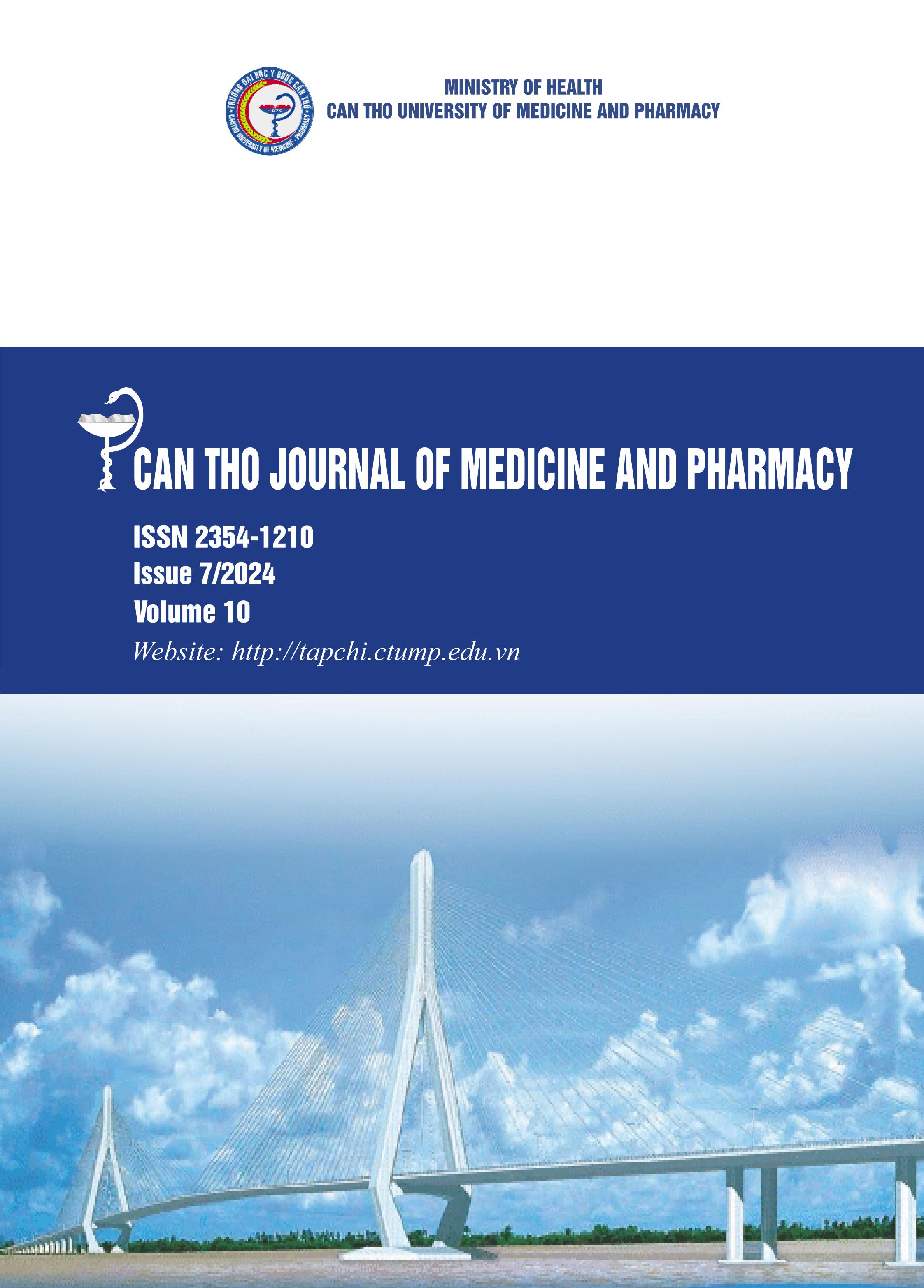COMPLIANCE WITH STANDARD PRECAUTIONS AMONG PEDIATRIC NURSES IN SELECTED GOVERNMENT HOSPITALS: A CROSS-SECTIONAL STUDY
Main Article Content
Abstract
Background: Healthcare-associated infections (HAIs) are complex conditions that appear in any healthcare facility. They truly become an economic and financial burden for the family and healthcare service system, particularly in developing countries. Nurses directly provide care for patients because they can be the cause of the spread of HAIs in healthcare institutions. Thus, nurses’ compliance with standard precautions plays a critical role in HAIs prevention efforts, especially in caring for children. Objectives: to examine compliance with standard precautions among pediatric nurses and related factors. Materials and methods: A cross-sectional descriptive correlational design was used. Sample size comprised of 285 pediatric nurses at selected government hospitals who have at least 6 months of experience as a nursing professional. Nurse’s adherence to standard precautions in caring was examined by using a 4-likert questionnaire including 20 items divided into 4 subscales as use of protective devices, disposal of sharps and waste, decontamination of spills and used articles, and prevention of cross-infection. Results: The age mean of nursing participants was 31.2 years. The overall compliance score was 3.16 (SD = 0.47) with 83.2% of nurses having good compliance with standard precautions. Among subscales of compliance, nurses’ practices with decontamination of spills and used articles had the highest scores. In contrast, the use of protective devices was the lowest. Besides, the study results showed a statistically significant relationship between nurses’ attitudes regarding HAIs prevention and their compliance with standard precautions (p<0.001). Meanwhile, there was no association between gender, level of education, experience in the year and standard precautions compliance. Conclusions: infection control practices with standard precautions among pediatric nurses were good. However, there were some aspects that should be improved. More related continuous training programs for nurses should be developed. Additionally, hospital administration and nurse managers should establish a system to regularly monitor and sustain compliance with infection control procedures among staff nurses as well as evaluate the suitability of HAIs prevention guidelines.
Article Details
Keywords
Compliance, Infection Control, Standard Precautions, Pediatric Nurses
References
2. Bekele T., Ashenaf T., Ermias A., and Arega S.A. Compliance with standard safety precautions and associated factors among health care workers in Hawassa University comprehensive, specialized hospital. Southern Ethiopia. PLoS One. 2020. 15(10), e0239744. https://doi.org/10.1371/journal.pone.0239744
3. Ministry of Health. Hospital acquired infection control in healthcare organization guideline. Retrieved from http://kcb.vn/vanban/quyet-dinh-so-3916qd-byt-ngay-2882017-ve-viec-pheduyet-cac-huong-dan-kiem-soat-nhiem-khuan-trong-cac-co-so-kham-benh-chua-benh. 2017.
4. Maristela T., Alano J., Wushoma W., Jumarang T., Jael S.A. Awareness and practice of standard precautions for infection control among student nurses. Human Behavior, Development and Society. 2020. 21(1), 47-55.
5. Bahegwa R.P., Hussein A.K., Kishimba R., Hokororo J., German C., Ngowi R., ... and Ngasala B. Factors affecting compliance with infection prevention and control standard precautions among healthcare workers in Songwe region, Tanzania. Infection Prevention in Practice. 2022. 4(4), 100236. https://doi.org/10.1016/j.infpip.2022.100236.
6. Ezike O.C., Nwaneri A.C., Odikpo L.C., Onyia E.N., Makata N.E., Irodi C.C., and Ndubuisi, I. Infection control practices among nurses working in neonatal intensive care units (NICU) of two selected tertiary hospitals in Enugu, Nigeria. International Journal of Africa Nursing Sciences. 2021. 15, 100344. https://doi.org/10.1016/j.ijans.2021.100344.
7. Lam S.C. Validation and cross-cultural pilot testing of compliance with standard precautions scale: self-administered instrument for clinical nurses. Infection Control & Hospital Epidemiology. 2014. 35(5), 547-555.
8. Al-Faouri I., Okour S.H., Alakour N.A., and Alrabadi N.J. Knowledge and compliance with standard precautions among registered nurses: A cross-sectional study. Ann Med Surg. 2021. 62, 419-424. http://doi.org/10.1016/j.amsu.2021.01.058.
9. Ghabayen F., ALBashtawy M., Abdelkader R.H., Jarrah S., Eshah N., Abdalrahim A, and Dameery K.A. Knowledge and Compliance With Standard Precautions Among Nurses. SAGE open nursing. 2023. 9, 23779608231189966.
10. Ather H., Khan A., and Shabnum S.J.I. Knowledge and compliance toward standard precaution among health care workers at Bahria International Hospital Lahore, Pakistan. International
Journal of Social Sciences and Management. 2020. 7(1), 17-20. https://doi.org/10.3126/ijssm.v7i1.27406.
11. Byun S.H., and Kang D.H.S. Perception of patient safety culture, knowledge and performance of standard precaution among long-term care hospitals nurses. Journal of Digital Convergence. 2019. 17(9), 231-240.
12. Cruz J.P. Infection prevention climate and its influence on nursing students’ compliance with standard precautions. Journal of Advanced Nursing. 2019. 75(5), 1042-1052. https://doi.org/10.1111/jan.13904.
13. Hessels A.J., and Wurmser T. Relationship among safety culture, nursing care, and Standard Precautions adherence. American Journal of Infection Control. 2020. 48(3), 340-341.
https://doi.org/10.1016/j.ajic.2019.11.008.


